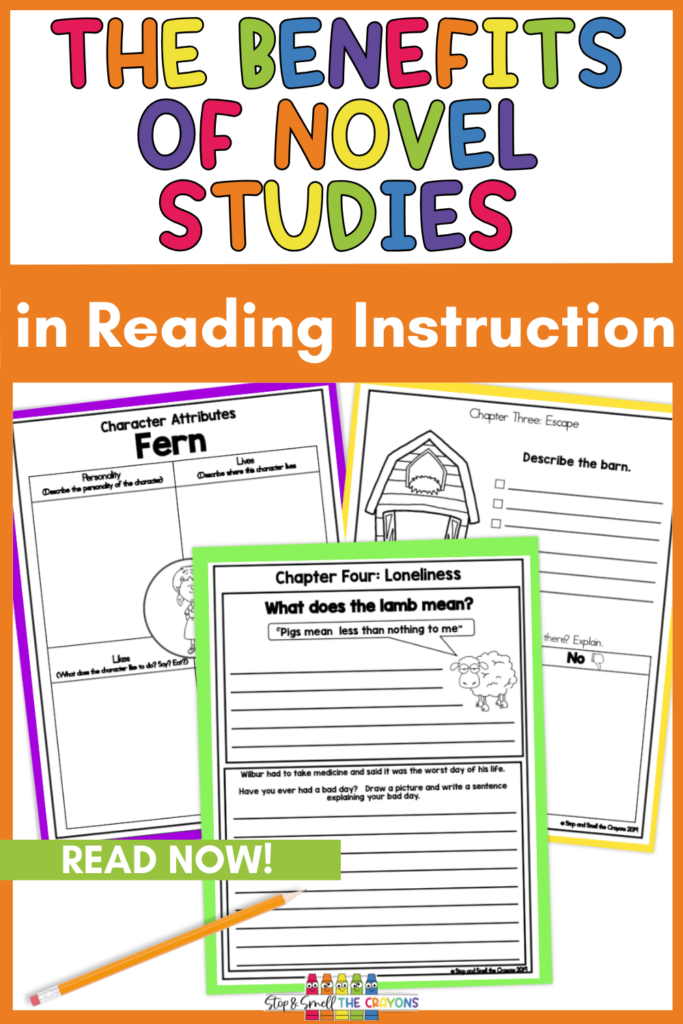When it comes to teaching reading, I’ve found that novel studies are the key to making lessons more meaningful and engaging. Sure, reading passages might seem like the easier choice. But reading passages alone often fall short when it comes to fostering a deep love for reading or developing critical thinking skills. By diving into novel studies, we open the door to so many opportunities that single passages just can’t provide. Today, I will share some benefits from novel studies and some resources you can use in your classroom today!
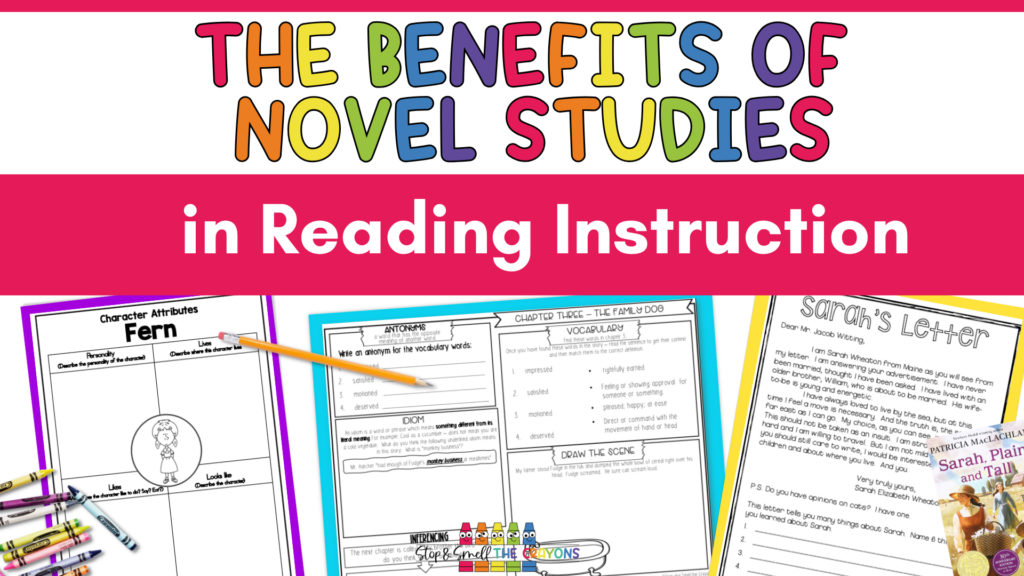
What are Novel Studies?
Novel studies are all about immersing our students in a complete book rather than just snippets of text. Think of it as taking a journey through a story. Reading a novel offers twists, turns, and character growth along the way. Novel studies allow our students to dig deeper into themes, plot development, and the author’s purpose. This approach helps our students connect with the material on a much more personal level.

Beyond reading, they build a wide variety of reading comprehension skills, like predicting, summarizing, and analyzing characters. Our students are exposed to activities like creating character maps or visualizing scenes. They make these lessons tangible and meaningful for our students.
One of the best features of novel studies is their versatility. Whether used with the entire class or in small groups, they create opportunities for collaboration, critical thinking, and creativity. In my classroom, I’ve seen students thrive when engaging in activities like predicting outcomes or brainstorming solutions to character challenges. These full book studies truly transform reading into interactive experiences.
Novel Studies Compared to Reading Passages
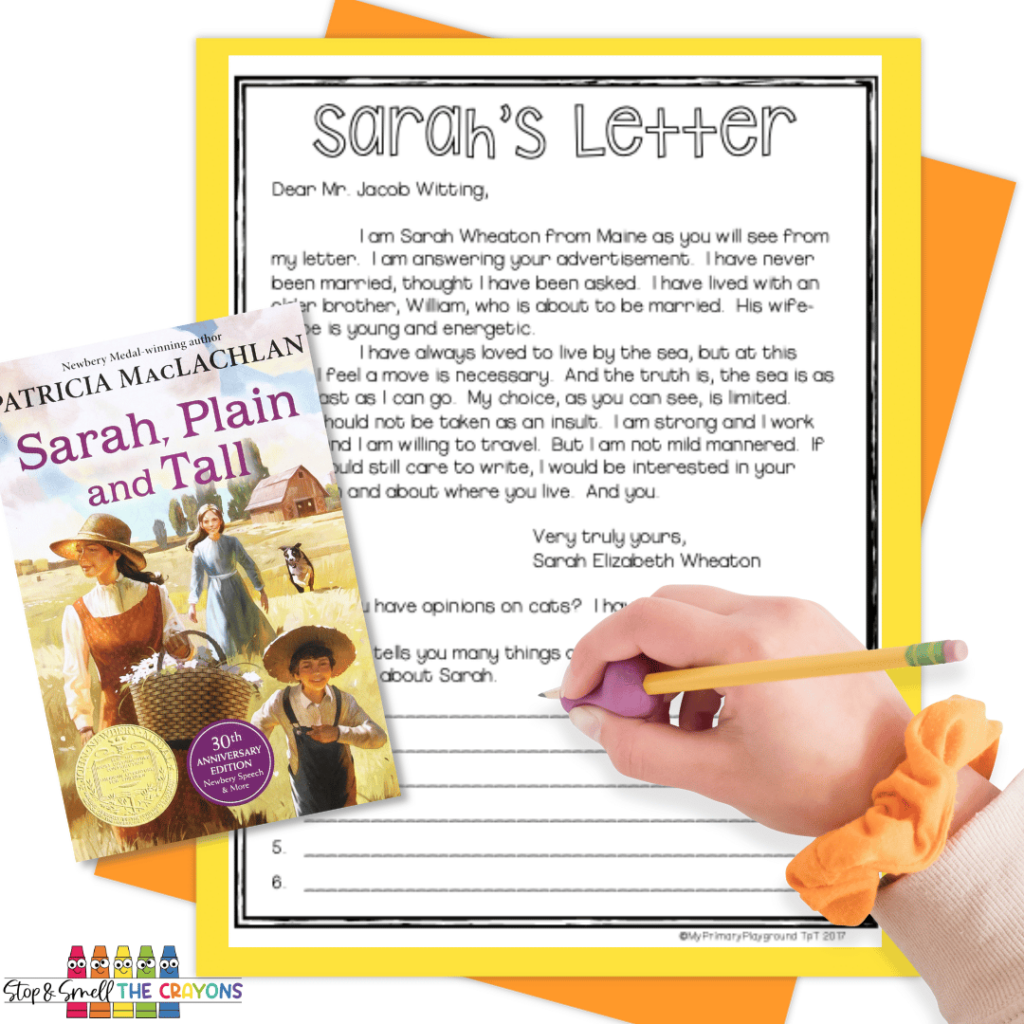
Novel studies offer something that reading passages just can’t match: depth. With a novel, our students aren’t just scratching the surface. They’re diving headfirst into detailed storytelling and complex ideas. For example, Sarah, Plain and Tall introduces our students to historical settings and family dynamics. This allows them to explore themes of change and resilience. Creative activities like writing letters from Sarah’s perspective encourage empathy and a deeper understanding of character motivations. This novel study creates a natural context for learning vocabulary, analyzing text structure, and making inferences while keeping our students engaged.
While there is a time and place for reading passages in classroom instruction, these passages often feel disconnected. They might be great for quick comprehension checks, but they rarely inspire our students to think critically or invest emotionally in what they’re reading. Novel studies provide that “a-ha” moment where they connect the dots between plot and theme or see how a character’s choices drive the story forward. These insights are much more rewarding than simply answering multiple-choice questions after reading a paragraph.
The Benefits of Novel Studies in the Classroom
One of my favorite things about novel studies is how they promote collaboration. When we work through a novel as a class, it sparks discussions that get everyone involved. Students share their perspectives, debate character motivations, and even predict what might happen next.
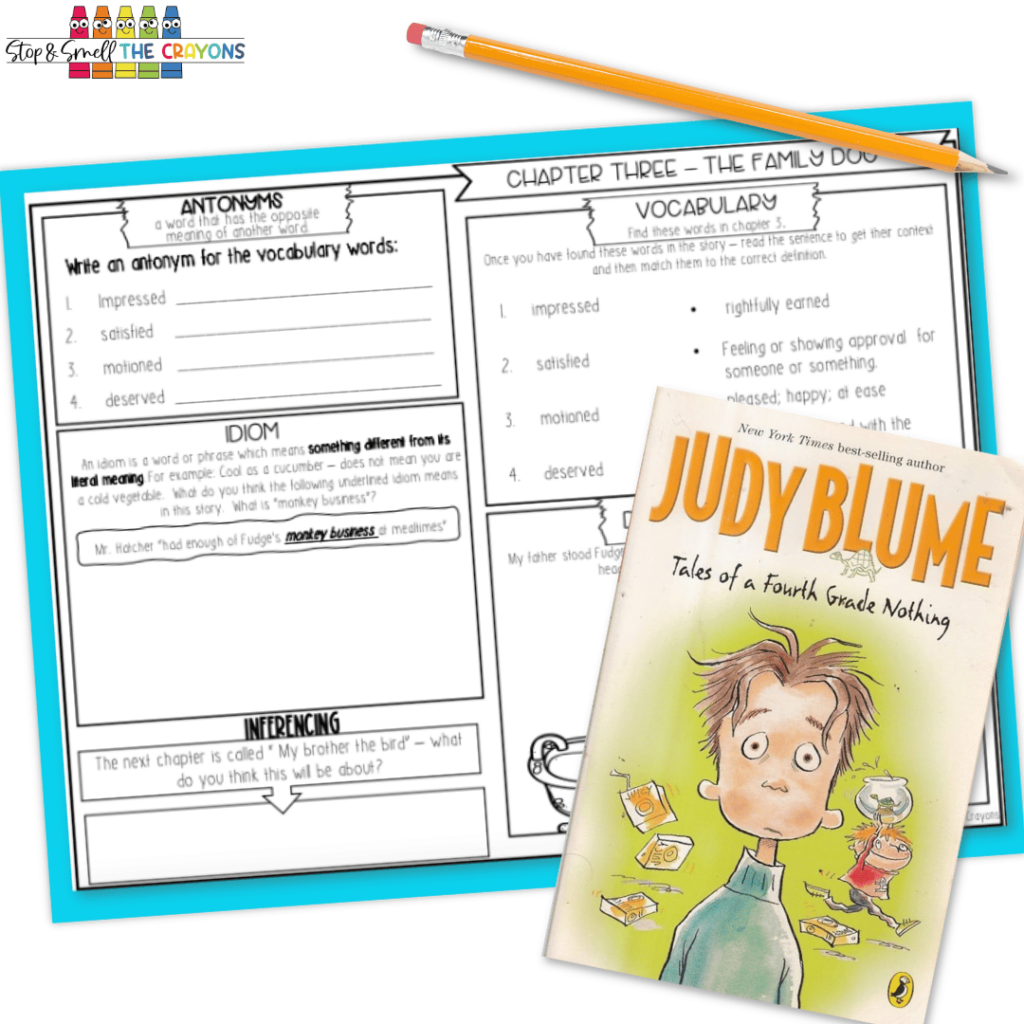
For example, Tales of a Fourth Grade Nothing provides hilarious scenarios that my students love analyzing together. Whether they’re discussing Peter’s frustration with Fudge or predicting how the family will handle the next disaster, the book keeps everyone engaged and talking.
Novel studies also provide a perfect platform for differentiation. Since novels are so plentiful in content, I can tailor activities to meet the needs of every student. The Magic Finger, for instance, is a wonderful choice for our students who benefit from shorter texts but still want meaningful themes. Its unique narrative invites creative projects like imagining what they would do if they had magical powers. Whether it’s diving into character analysis, focusing on vocabulary, or exploring historical contexts, there’s something for everyone when it comes to novel studies. It’s a one-stop shop for engaging and effective reading instruction.
Life-Long Reading Habits

One of the main reasons I use novel studies is the way they foster a lifelong love of reading. When our students get to experience the journey of a full story, they’re more likely to pick up another book on their own. Isn’t that the ultimate goal? Charlotte’s Web is a great example of this, with its timeless story about friendship and perseverance. Students connect with Wilbur’s journey and Charlotte’s sacrifices, creating an emotional bond with the story that encourages them to keep reading beyond the classroom. Novel studies show students that reading isn’t just about finding the main idea or identifying a few details. It’s about connecting with stories that resonate with their lives.
Components of Novel Studies
A well-rounded novel study is more than just a set of comprehension questions. These studies often include activities that promote critical thinking, creativity, and collaboration. Many of my favorite novel studies, like Charlie and the Chocolate Factory and Sarah, Plain and Tall, include chapter-specific questions that guide students through the story. Vocabulary-building tasks, like exploring unfamiliar words in The Magic Finger or creating word maps from Charlotte’s Web help expand our students’ language skills in a way that’s tied directly to the text.
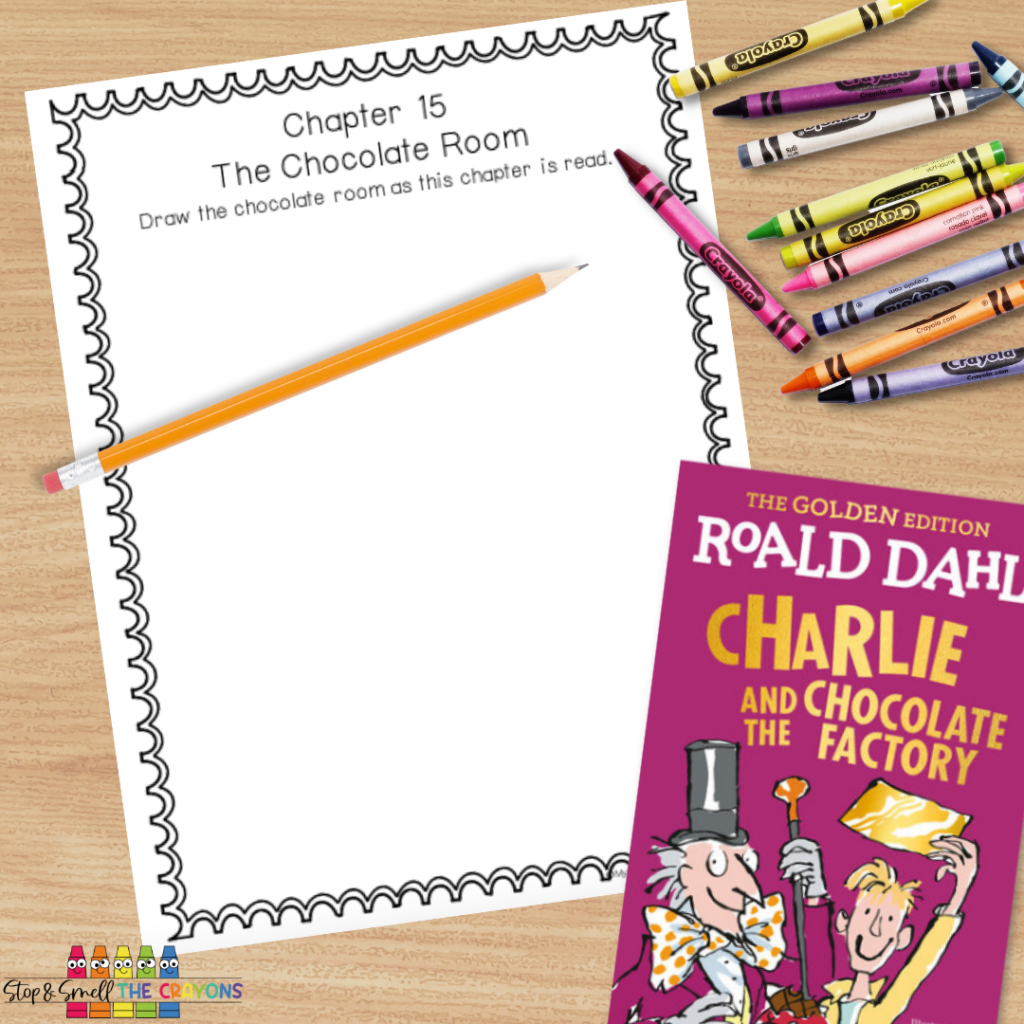
Creative projects are another essential component. Our students can draw the Chocolate Room in Charlie and the Chocolate Factory or create a new web message in Charlotte’s Web to help our students connect with the text in a hands-on way. These activities engage our students and allow them to express their understanding through art and writing. Group discussions and comparison tasks, such as comparing book and movie versions, promote collaboration and critical thinking, as seen in the novel study for Tales of a Fourth Grade Nothing.
Another common feature is differentiation. Novel studies have a variety of activities, from simpler comprehension questions to more complex tasks like writing persuasive letters from a character’s point of view. This makes it easy to adapt the study to meet the needs of the different learners in your classroom. The ability to tailor these studies ensures that every student can engage meaningfully with the material regardless of ability.
Novel Studies Lead to Meaningful Reading Instruction
Using novel studies in your classroom can transform how your students approach reading. By immersing them in complete stories, you give them the tools to think critically, collaborate with peers, and fall in love with reading. With engaging activities and meaningful discussions, novel studies offer an experience that simple reading passages just can’t match. These benefits will stay with your students for years to come. If you’re ready to take your reading instruction to the next level, there’s no better time to start than now.
Save for Later
Remember to save this post to your favorite reading Pinterest board for quick access to these novel studies to use with your students!
